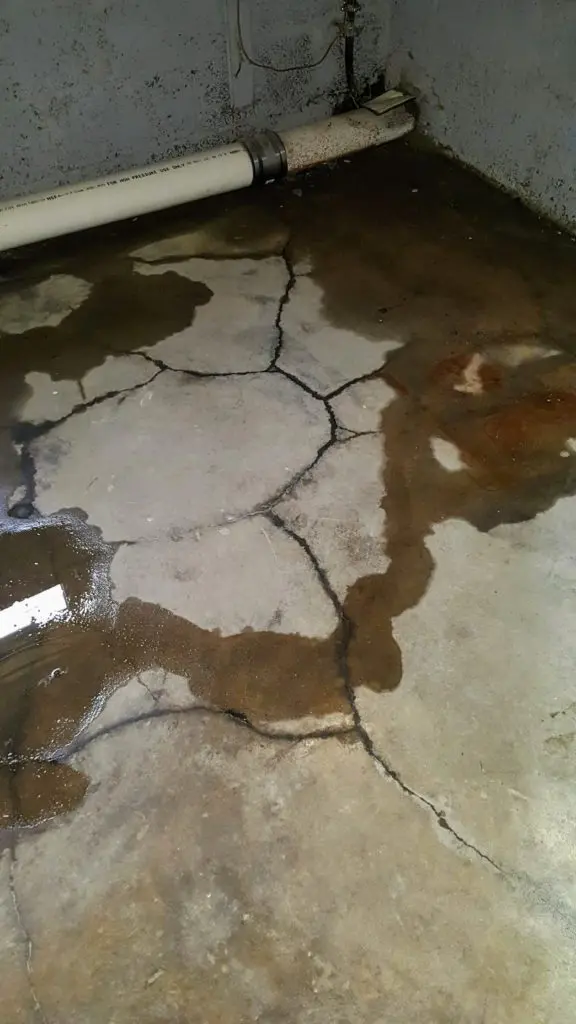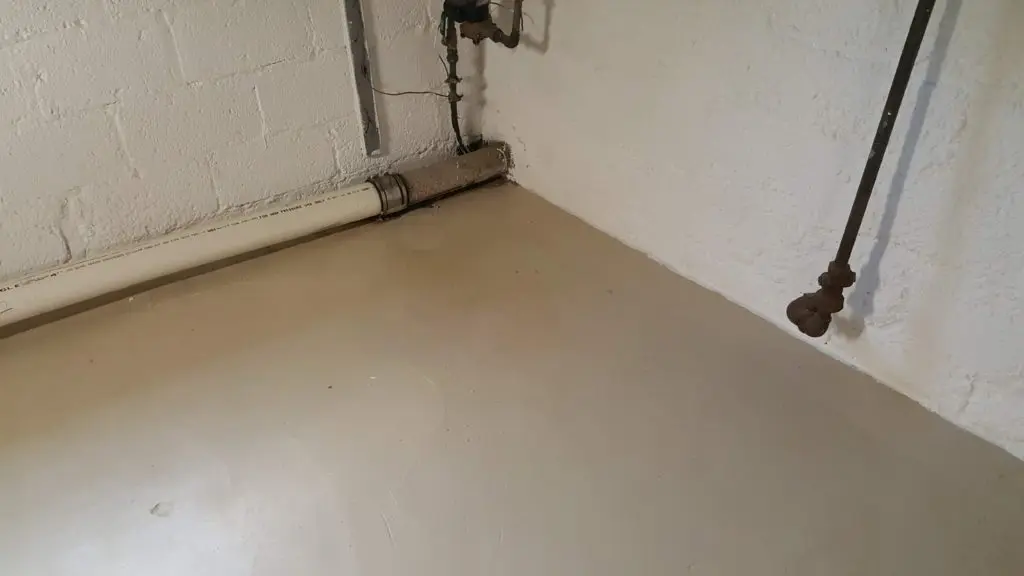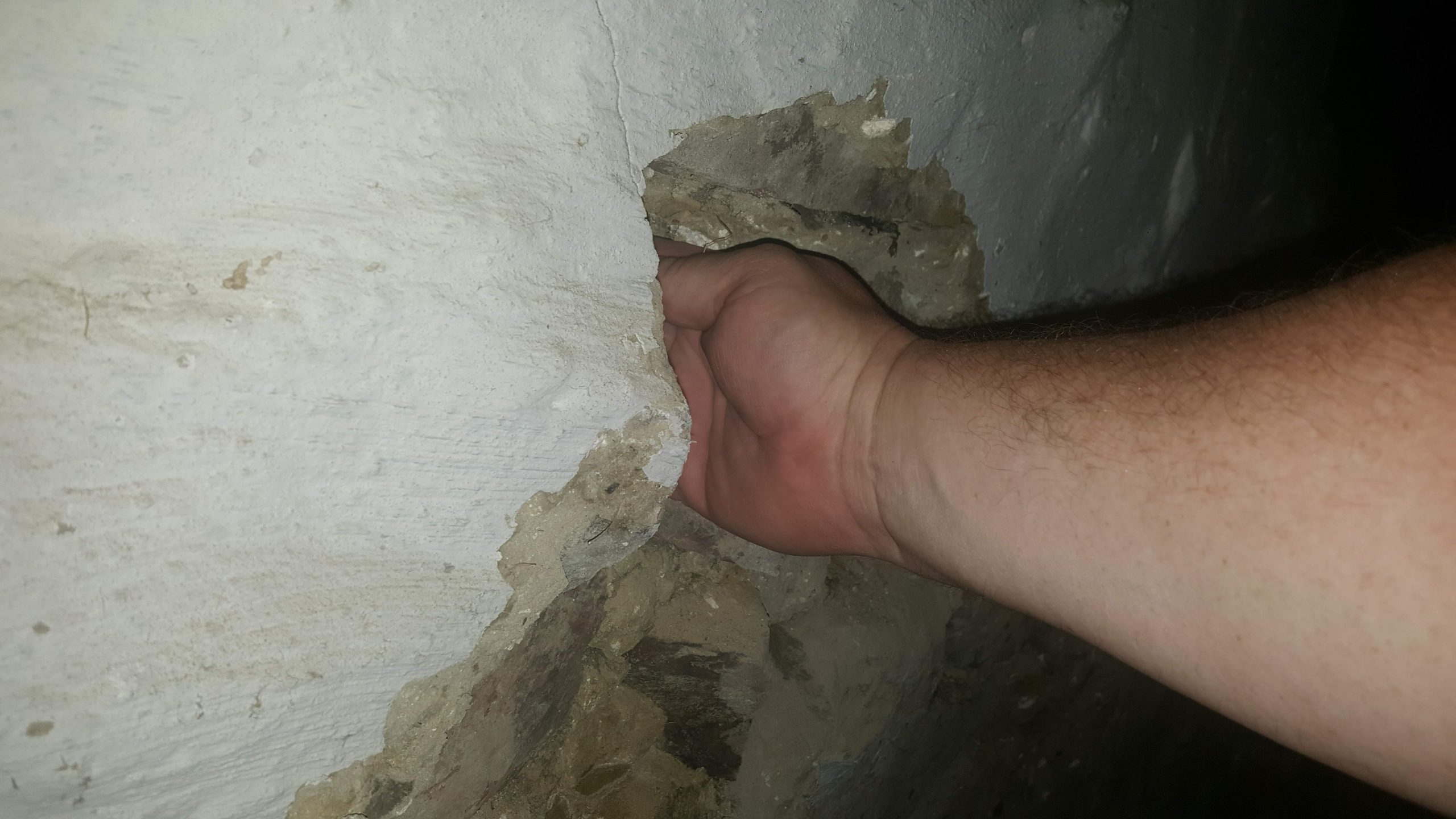MSE offers foundation restoration services in South Jersey and Philadelphia. Our 13+ years of moisture mitigation experience and expert mold education give us the advantage over competing New Jersey restoration companies. While many foundation restoration companies will quickly move to sell their higher-priced services, MSE will discover the true nature of the water problem in your home and only offer solutions that will address your specific issues.
Philadelphia and South Jersey Foundation Repair Due to Moisture
Our MSE moisture inspector will ask the home or business owner a minimum of 10 questions, and based on the answer to those questions will develop a customized plan. Factors like the age of the home, type of foundation, how the basement is used, and the outside topography all play a vital role in customizing the appropriate mitigation plan.
In New Jersey, where water tables can be extremely high, being close to a lake, stream or river is common. Basements and crawl spaces moisture are always a threat from constant outside attack of the elements. Foundations in these high water table areas often have never been properly sealed and/or maintained, however after the recent pandemic and so many homeowners now working at home, many folks are looking to maximize every square foot of their home and that often leads to restoring the foundation and the basement overall.
In Pennsylvania the water table is not typically as high as New Jersey, however because the entire Philadelphia Metro region is in a valley, heavy precipitation events often cause basement flooding that quickly overtakes most homes’ ability to withstand the torrent. In the past 10 years, there have been more 50 and 100-year storms recorded than in the past 50 years combined.
New developments in masonry technology allows us to resurface foundations that were unheard of a decade ago. As experts in mold inspections and moisture control, as well as the industrial knowledge on how to resolve the water intrusion issues in your home, trust Moisture Science to inspect and recommend solutions for your Philadelphia / South Jersey home or business foundation restoration today.
Common Signs You Need Foundation Restoration
Common signs you need foundation restoration:
- Exterior wall cracks
- Interior wall cracks
- Bouncing floors
- Cabinets or counters separated from walls
- Mildew smell
- Warped or cracked siding
- Sinking ground
- Sticking doors
- Drainage issues
The most typical sign that you need foundation restoration is cracking, crumbling, and peeling paint or sealant. The wall basically looks bad and is constantly depositing masonry dust and debris onto your floors. Other signs your foundation is in need of restoration are water penetration during precipitation events, yellow/brown surface staining, and efflorescence which is a white chalky-looking substance that is actually composed of salt. This white material is often mistaken for mold. If you go to a box store and buy waterproofing paint and simply apply it over the existing dilapidated paint, it will quickly turn yellow and begin to fail. This is because most foundations require more than a simple latex-based waterproofing service.

Was extremely impressed with their work every step of the way. Tom’s communication and level of professionalism was far superior to several other companies I spoke with. Pricing was extremely reasonable and it was clear he knew what he was talking about. I am beyond satisfied with the finished look of the walls and patched floor — would never know there had been an issue.

Foundation Restoration Cost & Timeline
While every situation is different, a good rule of thumb for a complete foundation restoration is $20-$30 per square foot. So if your foundation walls measure 30 feet around and 7 feet high, the cost will be between $4200 and $6300 for the service. This same example size would take 3-5 days to complete. For lesser projects where hydraulic mortar resurfacing is not necessary the cost would be more in line with $15-25 per square foot so the same example of 30 feet around and 7 feet high would be between $3150 and $5250 for the service. These projects are typically completed in 2-3 days from start to finish.
Foundation Restoration Cost & Timeline
Why Is Foundation Restoration Service Important?
When it comes to foundation damage, home or business repairs can be a little overwhelming. Waiting to resolve foundation issues in Philly or South Jersey often makes the issues worse and necessitates a more expensive fix.
-
Safety Hazards
Although unusual, a foundation that is deteriorating or failing is unsafe. Even though less serious issues like uneven floors or a tilting chimney are much more prevalent, they nevertheless carry inherent concerns like tripping hazards or falling stones. Even simple things like sticky windows and doors might turn dangerous in an emergency.

-
Increased Cost
Issues with the foundation never get better over time. Repairs get more expensive the longer problems go unresolved. In addition to being more challenging to remedy, other issues including cracked plasterboard and roof damage are likely to appear.
-
Decreased Functionality
Your home will function less effectively if it has stuck doors and windows and an uneven floor. When your home is battling you, simple activities become frustrating. These issues also act as a daily reminder to fix the issues that are hidden beneath your floors.
-
Decreased Home Value
Your home’s value is lost due to foundation deterioration. Real estate professionals and homebuyers are knowledgeable enough to search for obvious symptoms of foundation problems, such as broken masonry and bowing basement walls. These issues cause prospective homebuyers to back out or demand a significantly lower price. Quick-fix fixes that don’t deal with the underlying problem will keep happening. Therefore, don’t accept a quick fix for your property, which is the investment you cherish most.
Foundation Restoration FAQs
How do you remove mold from concrete foundation?
The ideal way to remove mold from a concrete foundation is by using an EPA-certified fungicide. Never use water or diluted bleach to clean mold as it will only make the situation worse.
Consult Moisture Science if you have mold in your concrete because we will test to see if the problem has spread, we will also investigate to find the source of the issue and work to resolve it so it doesn’t return.
What are the first signs of foundation problems?
For foundation problems, you should not overlook the signs mentioned below as these will generally arise first at the beginning of foundation problems: Cracks are found near the doors and windows, besides walls or floors, among the columns. Windows or doors found to be sticking while causing a problem while opening them. You should always consult with a professional when you think you may have a foundation problem that will allow moisture to enter.
Will mold come back after remediation?
If the primary source of moisture is not addressed then mold-associated problems will arise again. An application of bleach or other superficial cleanings to the affected area will not prevent the mold from returning at a later time.
Make sure mold remediation to your foundation is done correctly by a trained technician. Contact Moisture Science to complete your foundation restoration.

